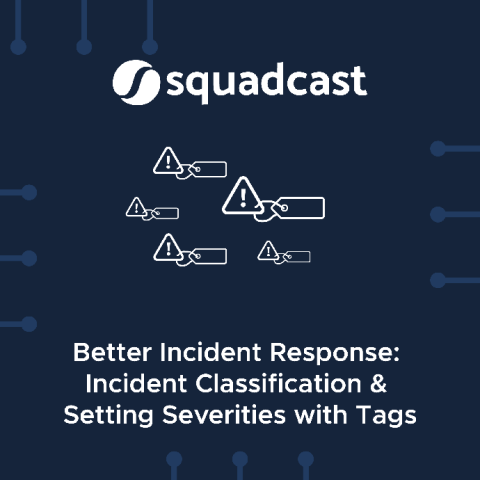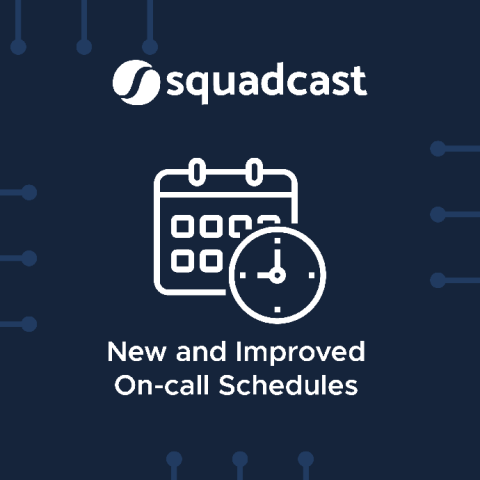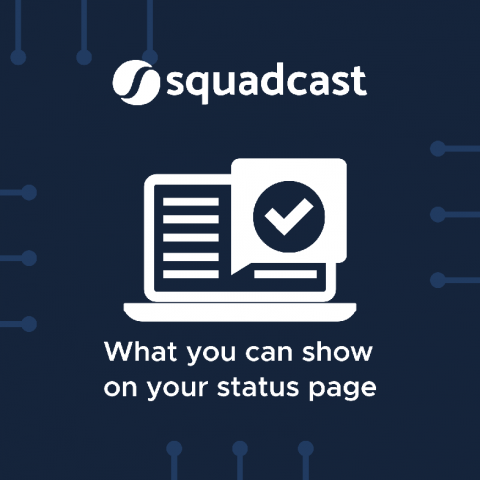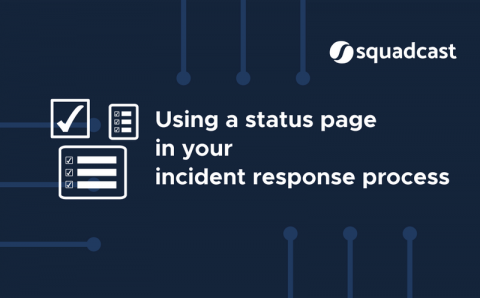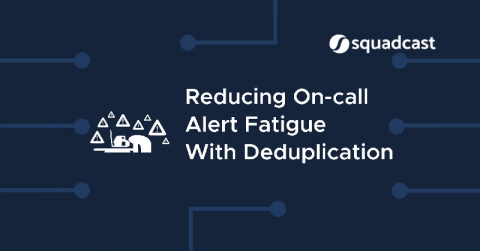Hrushikesh shares his journey into SRE and his thoughts on the future of this space
Hrushikesh is passionate about making a complex design with simple and reliable solutions. He is technology and platform agnostic and doesn’t believe in limiting himself to just a few. He started his career in 2006 with a Media company where he was responsible for introducing new technologies along with driving a team to deliver quickly. He does not limit his role to just development and operations and loves exploring everything in the tech space.



